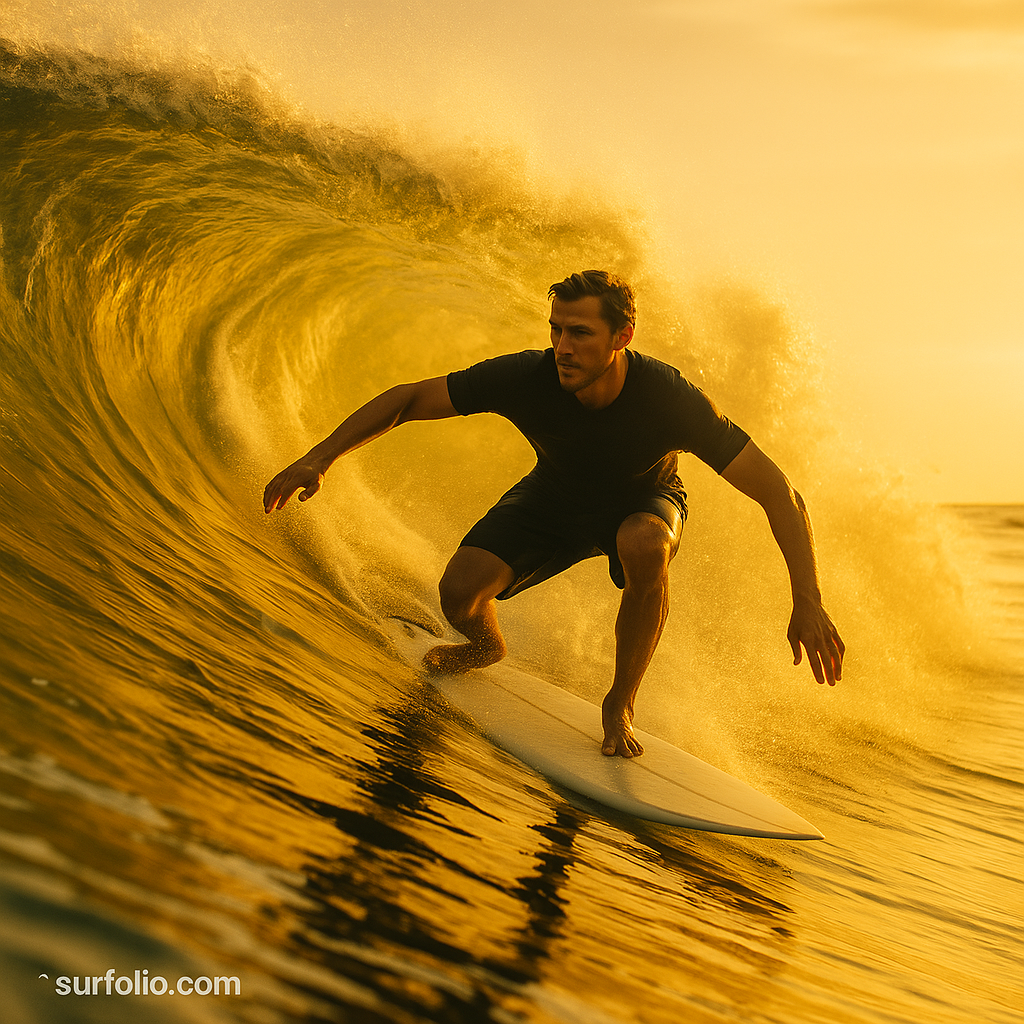
For surfers, the “perfect wave” is the ultimate pursuit. It’s more than a physical phenomenon—it’s a feeling, a state of flow where body and mind align perfectly with the rhythm of the ocean. While conditions and skill matter, what truly defines perfection is psychological: focus, presence, and emotional connection to the moment.
Let’s dive into the mental side of surfing’s greatest mystery—the psychology of the perfect wave.
The Myth of the Perfect Wave
Every surfer dreams of finding that flawless wave—a glassy wall peeling endlessly down the line. But ask ten surfers to describe their perfect wave, and you’ll get ten different answers.
That’s because perfection in surfing is subjective. It’s not just about wave quality—it’s about how it makes you feel. One surfer’s barrel of a lifetime might be another’s nightmare wipeout. What’s perfect is deeply personal.
At its core, the perfect wave is a reflection of the surfer’s inner state as much as the ocean’s mood.
The Role of Flow State
When you catch a wave and everything clicks—your timing, balance, and intuition—you enter what psychologists call a flow state.
Flow is that mental zone where:
- You’re completely focused and absorbed.
- Your movements feel effortless and automatic.
- Time slows down or even disappears.
- You feel deeply connected to the moment.
This is why so many surfers describe riding a wave as transcendent or even spiritual. It’s the purest form of presence—a dance between you and nature that leaves no room for distraction.
The Science of Why It Feels So Good
Surfing stimulates the brain’s reward system in powerful ways. When you drop into a wave, your brain releases:
- Dopamine, the “feel-good” chemical tied to reward and motivation.
- Endorphins, natural painkillers that create euphoria.
- Serotonin, linked to happiness and emotional balance.
Combine that with the rhythm of paddling, fresh salt air, and the sensory rush of the ocean—and you get a potent mix of joy, focus, and calm.
That’s why surfers keep chasing waves—it’s a natural feedback loop of pleasure and purpose.
The Mind-Body Connection
Surfing is a constant feedback system between your body and your environment. Your brain makes rapid calculations every second—adjusting to wave speed, balance, and water movement.
But the real secret lies in trusting instinct. The best surfers let go of overthinking and allow intuition to take over. This surrender to motion and flow is what turns a ride from technical to transcendental.
The Emotional Side of Surfing
The perfect wave also satisfies deep emotional needs:
- Freedom: The ocean strips away control, offering release from everyday structure.
- Mastery: Every session brings growth, reinforcing confidence.
- Belonging: The lineup connects surfers through shared stoke and respect.
- Peace: The rhythm of the waves grounds you in nature’s flow.
When all of these align, the result is pure bliss—the emotional signature of surfing’s perfect moment.
The Role of Memory and Nostalgia
Psychologically, surfers often idealize certain waves in memory. That perfect ride stays etched in the mind, glowing brighter with every retelling. But what makes it “perfect” isn’t always the wave—it’s the emotion tied to it: who you were with, the sunrise, the stillness, the stoke.
This nostalgia keeps surfers paddling out again and again, searching for that feeling—knowing it can’t be captured, only re-lived.
Final Thoughts
The perfect wave doesn’t exist in the ocean—it exists in the mind. It’s a combination of emotion, perception, and presence that transforms a physical ride into a personal masterpiece.
Every surfer’s perfect wave is unique, shaped by who they are and how they connect with the sea. So stop chasing perfection and start noticing the moments that feel perfect—because that’s where the real magic lies.
